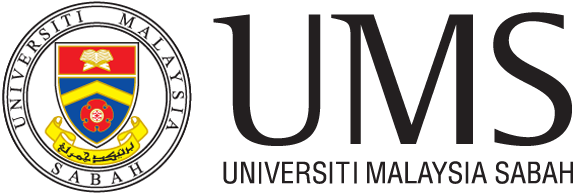Module coordinator: Dr. Chin Kai Ling
Tel: 014-6839539
E-mail: chinkl@ums.edu.my
Deputy module coordinator: Dr. Wan Salman Wan Saudi
Tel: 011-23079002
E-mail: salmans@ums.edu.my
Introduction:
This module will equip the students with the knowledge of the structure, function, and metabolism of the musculoskeletal, cardiovascular, hemopoietic & respiratory systems. While anatomy provides the static image (Structure), physiology reveals the dynamic nature (Function) of the living body, and all body functions are incomprehensible without an understanding of the underlying biochemistry (Metabolism).
Sypnosis:
This course includes lectures on the gross anatomy and histology of the human body systems. It emphasizes the study of cells and their functional components, the body tissue, and every organ system in the body such as the musculoskeletal, cardiovascular, hematopoietic, and respiratory systems. Genetics and molecular biology and the application of this knowledge to clinical practice will be covered through seminars and Computer-Assisted Instruction (CAI).
Objectives:
For students to acquire knowledge and application of knowledge of body structure, function, and metabolism, basic to the practice of medicine by providing information on the gross anatomy and histology, metabolism and human genetics; cellular components of body tissues and organ systems.
Learning outcomes:
At the end of the module, the students can be able to
- describe the structure, function, and metabolism of the normal human body.
- relate the function and metabolism of normal organ-system to the relevant human anatomical structures.
- explain the nutrient, metabolism as well as the maintenance of body biochemical homeostasis.
- apply the knowledge of the structure, function, and metabolism basic of the human body to the clinical practice of medicine.
Mode of Delivery:
Lecture, Self-learning package (SLP), Small group discussion, Seminars, Problem-based learning, Practical
Teaching-learning and assessment strategy:
Teaching-learning strategy | Assessment strategy |
Lecture | End of module exam (MCQ, MEQ, LEQ, Viva,) |
Self-Learning Package | End of module exam (MCQ, MEQ, LEQ, Viva,) |
Small group discussion | End of module exam (MCQ, MEQ, LEQ, Viva,) |
Seminars | End of module exam (MCQ, MEQ, LEQ, Viva,) |
Problem-based learning | End of module exam (MCQ, MEQ, LEQ, Viva,) |
Practical | End of module exam (OSPE) |
The pass mark for the course is 65%.
References supporting the course:
- Tortora GJ, Derrickson BH. 2017. Principles of Anatomy and Physiology. Global edition. John Wiley & Sons.
- Moore KL, Dalley AF & Agur AMR. 2018. Clinically oriented Anatomy. 8th edition. Lippincott Williams Wilkins.
- Drake RL, Vogl AW, Mitchell AWM. 2019. Gray's Anatomy for Students. 4th edition. Elsevier.
- Sadler, TW. Langman's Medical Embryology. 2019. 14th edition. Wolters Kluwer.
- Mescher AL. 2018. Junqueira's Basic Histology: Text and Atlas. 15th edition. Lange
- Netter FH. 2018. Atlas of Human Anatomy. 7th edition. Elsevier.
- Eroschenko VP. 2017. Fiore's Atlas of Histology with Functional Correlations.13th Edition. Lippincott Williams & Wilkins.
- Guyton & Hall 2016. Textbook of Medical Physiology. 13th edition. John E Hall. Elsevier.
- Barrett KE, Barman SM, Boitano S, Brooks H. 2016. Ganong’s Review of Medical Physiology. 25th edition. Lange Medical Books/McGraw-Hill.
- Lieberman MA, Peet A. 2018. Marks’ Basic Medical Biochemistry: A Clinical Approach, 5th Edition. Lippincott Williams & Wilkins.
- Teacher: ABDUL RAHMAN BIN RAMDZAN Dr.
- Teacher: CAROLINE SUNGGIP Dr.
- Teacher: CHANDRIKA A/P MURUGAIAH Dr.
- Teacher: FONG SIAT YEE @ ALISON Dr.
- Teacher: KISTINA BINTI MOHAMED Dr.
- Teacher: M. TANVEER HOSSAIN PARASH Dr.
- Teacher: RAHMAWATI BINTI PARE Dr.
- Teacher: SADIA CHOUDHURY SHIMMI Dr.
- Teacher: WAN SALMAN WAN SAUDI Dr.
- Teacher: ZAINAL ARIFIN BIN MUSTAPHA Professor Dr.
- Teacher: CHIN KAI LING Professor Madya Dr.
- Teacher: D. MARYAMA BTE AG. DAUD Professor Madya Dr.
